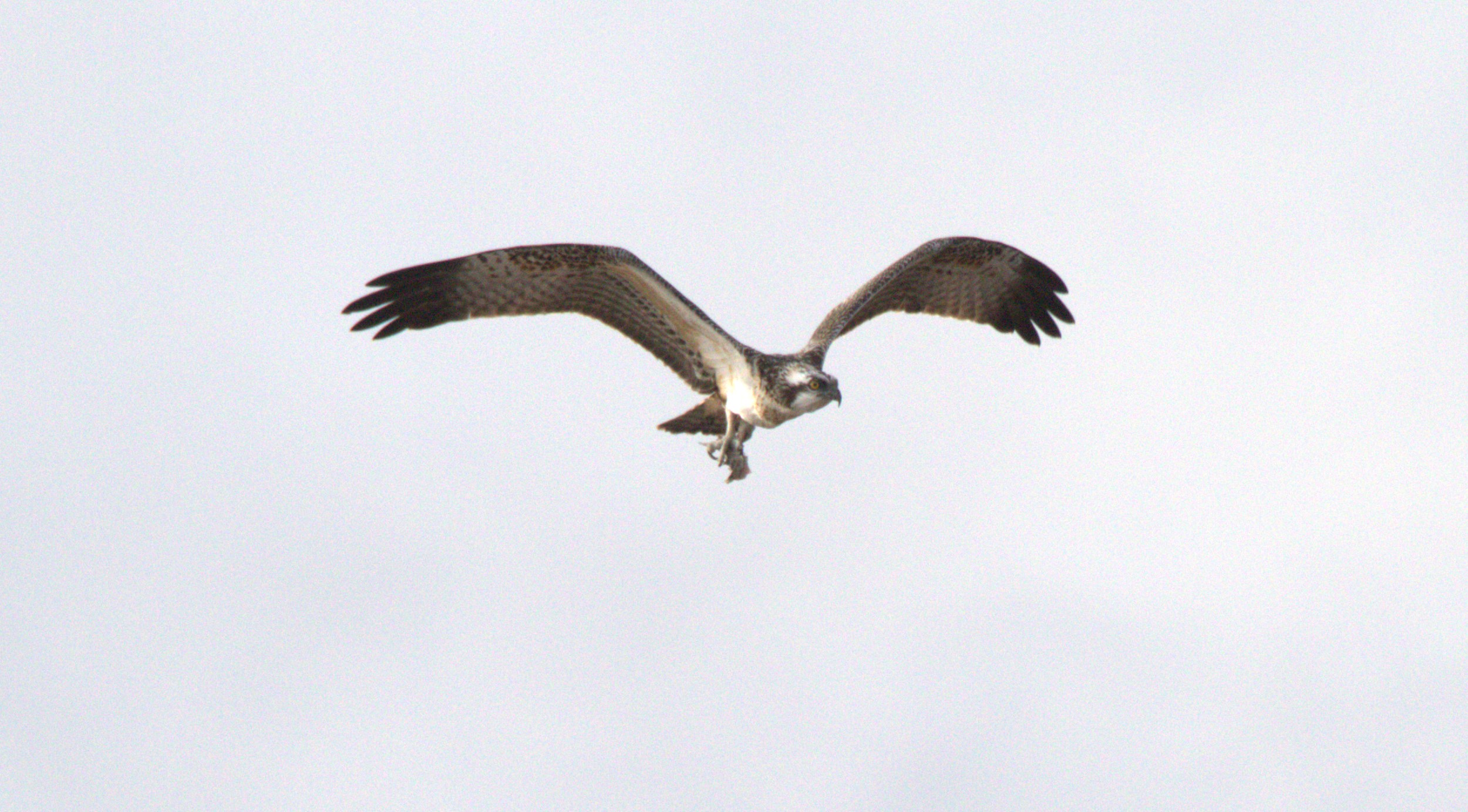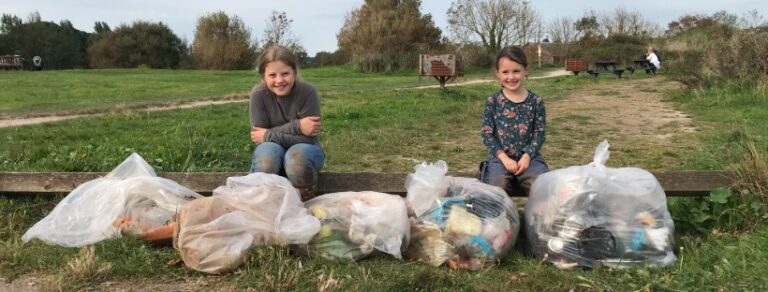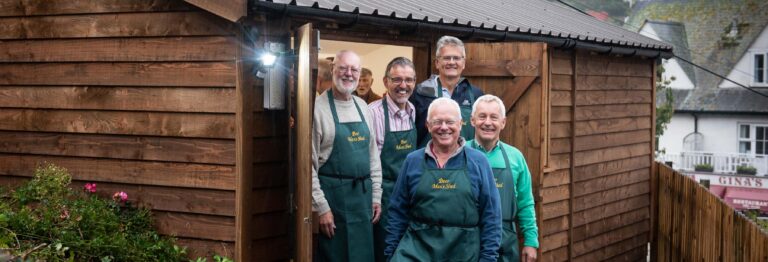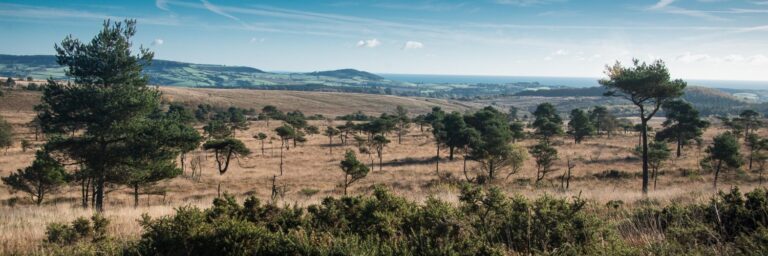Ospreys fly in, one year on from Otter Estuary breach
Two young ospreys have made a final stopover on the Otter Estuary in East Devon on their way to wintering grounds in Africa – almost exactly a year after a pioneering restoration project reconnected the River Otter to its flood plain.
The arrival of the juvenile ospreys reflects the huge success of the Lower Otter Restoration Project, (LORP) which has significantly increased the size of the intertidal area of the estuary, providing perfect hunting grounds for the fish-eating birds of prey.

John Varley, Chief Executive of Clinton Devon Estates, said the ospreys were just one example of the many benefits that LORP is delivering. “It was the vision of the Estate and the late 22nd Baron Clinton who saw, 20 years ago, the need to devise a plan to mitigate the flood risk on the Otter and take the bold decision to let the sea water back onto the flood plain; adapting the landscape for a changing climate by transitioning 55 hectares of pastoral landscape into new mudflats and salt marsh.”
The climax of the multi-million-pound project came exactly a year ago, with the carefully managed breach of an embankment built during the Napoleonic Wars to create more farmland and with it, food security. Over time, the threat of the 200-year-old embankment failing increased, with the potential for damaging consequences for the environment, communities and businesses.
Mr Varley said: “It was a challenging project to bring to fruition, however Clinton Devon Estates, and our Pebblebed Heaths Conservation Trust – in partnership with the Environment Agency – made it happen. Now, a year on from the breach, which let the seawater back onto the flood plain, we are seeing the benefits. It’s a proud and quite emotional moment.”
The project has made a positive difference to the local community, keeping roads and farmland free of flood water and, through a pitch relocation, allowing Budleigh Salterton Cricket Club to enjoy an uninterrupted season after years of flooding. They also have a new pavilion.
The Otter Estuary is now part of the Pebblebed Heaths National Nature Reserve (NNR), following a declaration as a King’s Series NNR by Natural England in February this year.
Kim Strawbridge, Reserves Manager for the Pebblebed Heaths Conservation Trust said restoring the tidal estuary had proved to be hugely beneficial to wildlife and the environment.
“The ospreys certainly like it,” she said. “Because the intertidal area and creek network has expanded so much give the birds easier access to fish, particularly some sizeable mullet, and it’s now a happy hunting ground for the ospreys.”
The birds are thought to be on their way Senegal where they will spend the winter. Ospreys visit northern Europe to breed but migrate to Africa in the autumn. The two birds seen on the Otter Estuary have never been to Africa before but are hoped to successfully negotiate the more than 3.000-mile (5,000 km) journey relying purely on their instincts.
Kim said: “The estuary is like a motorway services for ospreys. They need to be in excellent condition for migration and they will be filling up on fish before the long journey south.”

Over the course of the past year, since the breach, the terrestrial vegetation has died off and the sediment has been moved around by the tides, finding its new levels. New saltmarsh is also being created, boosting the growth of marsh samphire and sea aster.
Winter migrants like waders and water birds, including teal and curlew, are also starting to arrive as the autumn progresses, offering more opportunities for visitors to enjoy the spectacle of nature, making use of 3.3 km of improved footpaths and new viewing areas complete with signs and maps.
“The site has had more visitors than ever over the past year,” Kim said. “The publicity around all the work on the Lower Otter has attracted people and the site is now much more accessible for people with walking frames or in wheelchairs and for families with children in buggies. It is really lovely to see so many people enjoying the reserve.”
Mark Wills, an ecologist with Hi-Line, worked on the Lower Otter Restoration Project until last October. He captured the images of the ospreys on a visit back to the site with his children and saw the spectacular birds making use of a dead tree.
He said: “The tree is a bat roost and it was decided to retain it rather than get a licence to remove it. Now it is proving to be the perfect place for the ospreys to perch. I saw them when I was visiting the nature reserve – it’s the first time I have been back for months. They are amazing birds.”
To mark a year since the breach of the embankment, the Pebblebed Heaths Conservation Trust is holding a Wetland Weekend on October 18, 19 and 20. There will be guided walks, bird watching and the opportunity to learn more about the nature reserve. More details on the Pebblebed Heaths Conservation Trust website.







